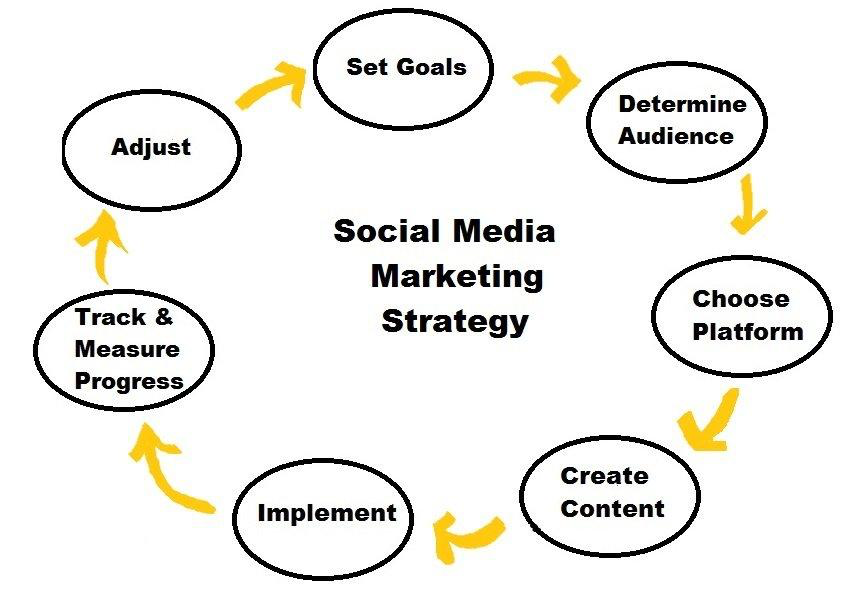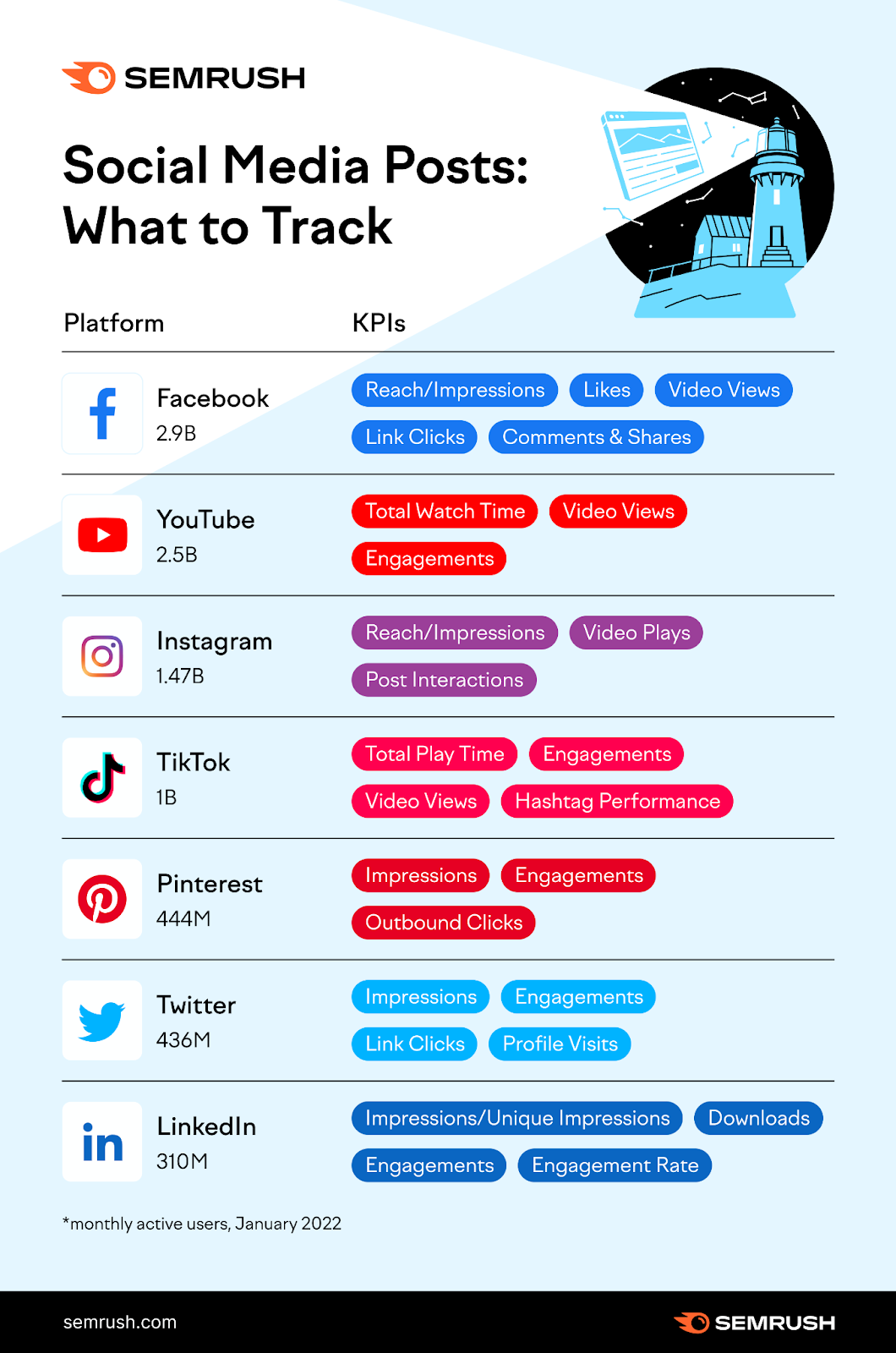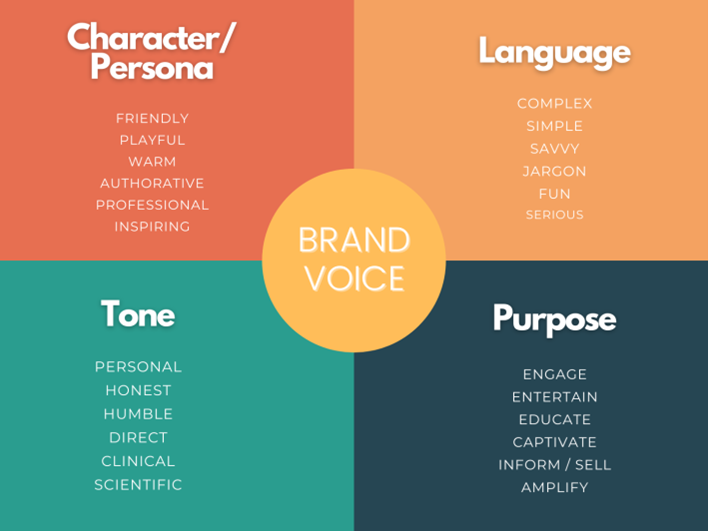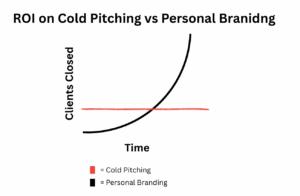Social media is no longer just a tool for connection – it has become a critical driver of business growth and customer engagement. Despite this, many brands struggle to use it effectively. Developing sophisticated social media strategies that align with business objectives is essential for overcoming these challenges.
One way to assess how you’re currently doing – and find ways to improve – is through the social media maturity model. Social media maturity matters because it significantly affects an organization’s ability to respond to rapid social trends and consumer sentiment, leading to better preparedness and measurable growth. This article will explain:
- The stages of social media maturity
- Strategies to improve social media maturity
- How brands can align social media maturity efforts with business goals
What is social media maturity?
Social media maturity refers to how well a brand uses social platforms to achieve its goals, evaluated through a framework that includes stages of emerging, evolving, and mastering. At the least mature level, you have companies who just do the basics: having accounts on a couple of platforms and posting occasionally. At the other end, there’s advanced integration where social media aligns with business strategies.
By working out which stage you’re currently at, you can see where you can improve and take the steps to become a social media specialist. Business leaders play a critical role in this process by investing time and resources to build a capable team.
Why social media maturity matters
Social media maturity matters because it has a direct impact on a brand’s online presence and reputation. A high level of social media maturity enables businesses to effectively engage with their target audience, build strong relationships, and drive conversions. It also allows them to stay ahead of the competition and adapt to emerging social technologies and trends. By prioritizing social media maturity, businesses can improve their customer engagement practices, inform their brand strategy, and ultimately drive business success.
The stages of social media maturity
Each stage of social media maturity marks progress toward a more effective social presence. The evolving stage is a phase where companies enhance their social strategies across departments, focusing on scalability and integration. With that in mind, let’s take a look at what each step involves – and how a business can move to the next using the social maturity ladder as a framework for assessing and advancing social media strategies.
Initial experimentation
At this stage, brands set up social media profiles on a few platforms and may have only made a few posts without a structured growth plan. They post sporadically, and without any overarching plan. Metrics such as likes, shares, and comments are low. Social media activities aren’t seen as related to business goals, leading to missed opportunities for growth. This haphazard approach can make the company look outdated and inexperienced. Additionally, managing multiple active accounts independently operated by different departments can lead to disjointed efforts and a lack of cohesive strategy.
Developing a strategy
Here, brands begin setting objectives for their social media marketing, including managing multiple social media accounts independently operated by different departments. This includes defining target audiences and creating content that appeals to them. Social media calendars and campaign plans improve consistency. While strategies emerge, advanced data analysis or collaboration across teams is often missing. Still, this stage builds a foundation for future success. Leveraging social insights enables organizations to implement targeted social campaigns and optimize their strategies across departments, ultimately enhancing customer satisfaction and brand loyalty.

Implementation and engagement
Social media platforms become a key part of marketing at this stage. Brands are no longer posting into the void – instead they’re interacting with their audience. Whether it’s replying to comments, posting polls, or highlighting user-generated content, they’re engaged and active. This builds stronger relationships and boosts brand visibility.
At this stage, businesses invest in tools like Sotrender Ads to gather insights. From there, they can adjust their strategies to focus on what resonates most with their audience. Effective social efforts, such as monitoring activities, engaging with audiences, and providing valuable information across multiple channels, are crucial for enhancing social media maturity. This can boost revenue by targeting the right people with the right messages.
Optimization and growth
At this stage, advanced tools come into play. Solutions like sales intelligence software help teams understand their audience and create targeted campaigns. Social media is no longer a solo effort, either. Instead, your social media team will start to work with other departments, like sales, customer service, and marketing teams. This helps deliver a consistent message, as well as providing extra resources.
Social media efforts are no longer a bonus – instead, they’re aligned with business goals. This is a key step towards streamlining operations and strengthening brand identity. Additionally, implementing scale publishing is crucial for optimizing publishing, engagement, and reporting, thereby maximizing productivity and allowing teams to focus on strategic initiatives.
Advanced integration and innovation
The final stage fully connects social media with business operations, achieving high social media maturity. Brands use tools like B2B data enrichment to predict trends and create personalized customer experiences. You’re no longer following trends – instead, your social media becomes a source of innovation. You’ve looked at common challenges, resolved them, and have a clear plan for the future.
Companies in this stage lead their industries and adopt cutting-edge practices. This level of maturity helps businesses not just react to market changes but also shape them. Taking calculated risks is essential to innovate and elevate social media strategies, moving from Level 3 to Level 4 in social media engagement.

How to successfully scale your social media maturity
To scale social media maturity, build on your foundation while refining your social strategy to progress through the stages. Here’s how to progress through the stages:
Evaluating your organization’s social media maturity is crucial to identify growth areas and set strategic goals.
Assess current social media maturity to identify growth areas
Start by figuring out where your brand stands in the social media maturity model. Look at your social data, like engagement rates, audience growth, and customer feedback, to understand consumer sentiment and the effectiveness of your strategies. This should give you an idea of what’s working – and what isn’t. You can also look at how your competitors or industry leaders are doing. For example, reviewing industry-wide account-based marketing statistics can show you how others are doing.
By knowing your strengths and weaknesses, you can decide what to focus your efforts on. Maybe you have great content, but no real outreach to let your audience know you’re there. Or perhaps you’ve only focused on text-based content, and would like to improve your status on visual platforms like Instagram. Unparalleled insights derived from social media conversations can quickly reveal consumer sentiment, allowing for agile responses to emerging trends.
Develop a strategy that aligns with business objectives
Successful social media scaling isn’t about doing more – it’s about maintaining an excellent social media strategy that focuses on doing what matters most. Research social media best practices to ensure your strategy is effective. On top of that, make sure you understand what makes every platform different.
Set clear goals, like growing your followers or increasing engagement. Break these goals into smaller steps and track your progress. For example, if your goal is to keep customers loyal, create campaigns that highlight customer service. You can even use user-generated content as part of it. Then, track KPIs like engagement rates. This ensures your strategy stays focused and delivers results. Social media serves as a pivotal marketing channel within the broader marketing framework, offering rapid response capabilities and valuable insights into consumer sentiment.

Invest in advanced tools to optimize social media management
Managing social media gets harder as your efforts grow. Investing in modern social media management, including advanced tools like Sotrender Ads and dedicated analytics suites, can simplify this. These tools track performance, automate tasks, and offer insights to improve your campaigns.
Don’t forget you need to integrate it with the rest of your business, too. For example, you can set up a cloud phone system for businesses to include social media responses, as well as calls and emails. This lets your customer service team respond quickly to questions and gather customer feedback as needed. Having a dedicated support team can further enhance social media effectiveness by addressing queries and concerns promptly.
Publish content that speaks directly to your audience
As you scale your social media maturity, you need to create content that attracts attention and enhances your brand’s presence to appeal to your target audience. Storytelling is a popular marketing approach for a reason. Make your content relevant to keep people engaged and build trust as well.
Use a mix of formats like videos, infographics, and polls to keep things fresh. Try to share a mix of content across different platforms. For instance, you might have behind-the-scenes videos on TikTok, and educational posts on Facebook. Think about what suits your audience, and focus on quality over quantity. Tailored content is more likely to create long-term relationships with your audience. Continuously improving your social media game is essential to stay competitive in the industry.
Encourage audience interaction and user-generated content
Building a community is key. The more engagement you can create with both your team and your audience, the better your reach. Encourage followers to comment, share opinions, and join conversations. Make sure you have staff who can respond quickly to comments and messages.
One way to encourage the ‘social’ aspect of social media is to share user-generated content. Not only does this keep your audience engaged, but it also boosts your credibility. Investing in team growth is essential to meet the diverse needs of the industry.
Ensure brand consistency across all social platforms
Having a great social media presence across various social media channels is nothing if it doesn’t feel like you. Customers will have a healthy skepticism about accounts that don’t feel legitimate, so it’s important to be consistent. It’s okay to have slight differences across different platforms, but you need to have a clear voice, tone, and visual identity.
One way to ensure this is to develop a brand identity guide. This should include everything from tone of voice to color palettes. By having a coherent and consistent identity, you build trust. Plus, it makes you instantly recognizable! Enhancing your brand presence through a cohesive strategy is essential for strengthening your brand’s identity and visibility on social media platforms.

Form partnerships with influencers to increase brand exposure
You don’t need to do everything by yourself. Instead, look at collaborating with influencers whose audiences match your target demographic across various social channels. They can bring fresh ideas and expand your reach.
Influencer partnerships are especially useful for new product launches or entering new markets. Just make sure anyone you work with fits your brand. If you’re a vegan beauty brand, you shouldn’t work with a carnivore-diet fitness blogger. So, check out influencer posts before deciding on a partnership. If you have the time, conduct interviews with potential influencers for your brand as well. AI meeting tools can help you take down notes during these interviews. You can review these transcripts and make an informed decision later on. Setting industry standards through these partnerships can significantly enhance your brand’s reputation and influence.
Scale your social media team as activity increases
As your social media presence grows, your team needs to grow too, considering your organization’s level of social media maturity. You don’t just need social media managers – look at hiring content creators and data analysts as well. Specialists can help keep campaigns effective as your audience expands.
If you have limited resources, consider outsourcing tasks like graphic design to save time. Make sure to keep an eye on ROI – OneStream financial reporting can track how your social media efforts are doing. That way, you can invest more in what’s working, and change tactics in areas that aren’t. A cohesive marketing team is essential for structuring social media strategies and aligning them with overall company goals.
Stay up-to-date with trends and adapt to audience feedback
Social media changes quickly, so keep up with trends and platform updates by understanding the primary stages of social media maturity. Follow industry news and don’t be afraid to try new features or formats like interactive content. Trends can help your brand stay relevant and reach more people.
Listening to your audience is just as important. Use social listening tools to track what customers are saying about your brand. Their feedback can guide your strategy and show you how to improve. Staying flexible and responsive will help your brand succeed over time. Continuously improving your social media game is essential to stay competitive in the industry.
Measure success with social media
Measuring success with social media is critical for social media maturity. It involves setting clear business objectives and tracking progress towards those objectives. By using performance measurement models such as ROI analysis and customer lifetime value analysis, businesses can evaluate the effectiveness of their social media efforts and make adjustments as needed. This can help them maximize the benefits of social media, improve their social media marketing maturity, and drive business success.
Final thoughts
Scaling social media maturity is about creating meaningful connections that drive growth. Figuring out where you fit on the social maturity ladder is a great starting point. From there, you can see what steps you need to take to progress through the stages.
By implementing new strategies and using tools like Sotrender Ads, you can unlock the full potential of social media efforts. Taking calculated risks is essential to move from one stage to the next and set industry trends. Start today to elevate your brand’s impact.








